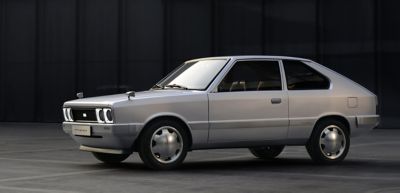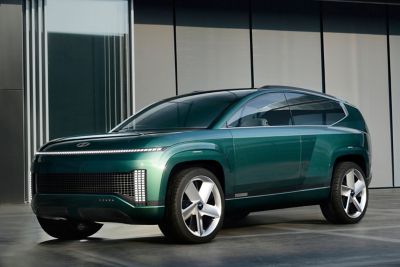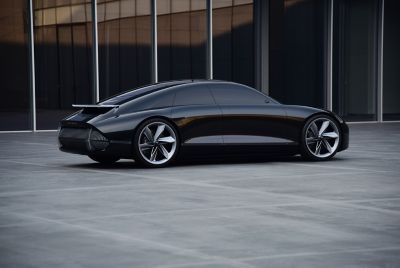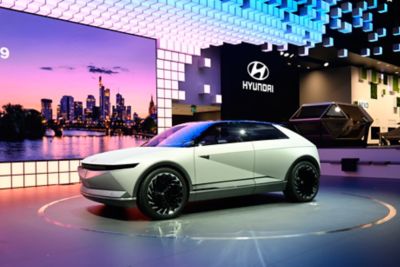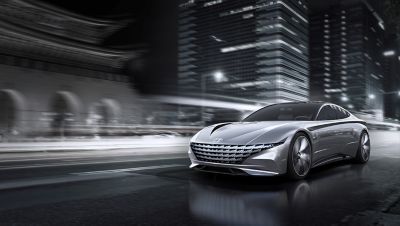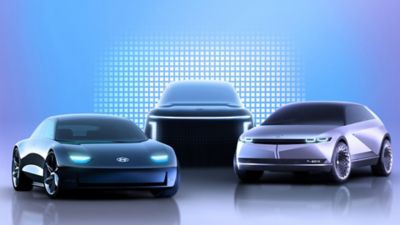
Concept cars.
An outlook into the near future.
Sensuous Sportiness. Parametric dynamics. Cascading Grille. All of these design features were first seen in Hyundai concept cars. Learn more about Hyundai's most recent concept cars - and, as in some cases like TUCSON and IONIQ 5, the production vehicles they inspired.

